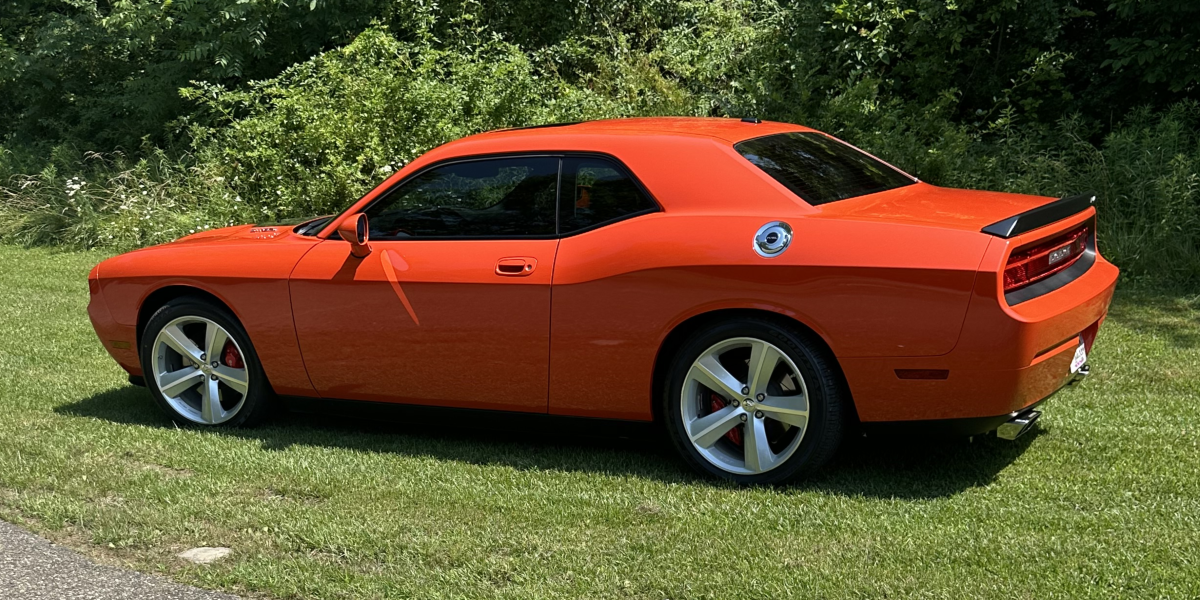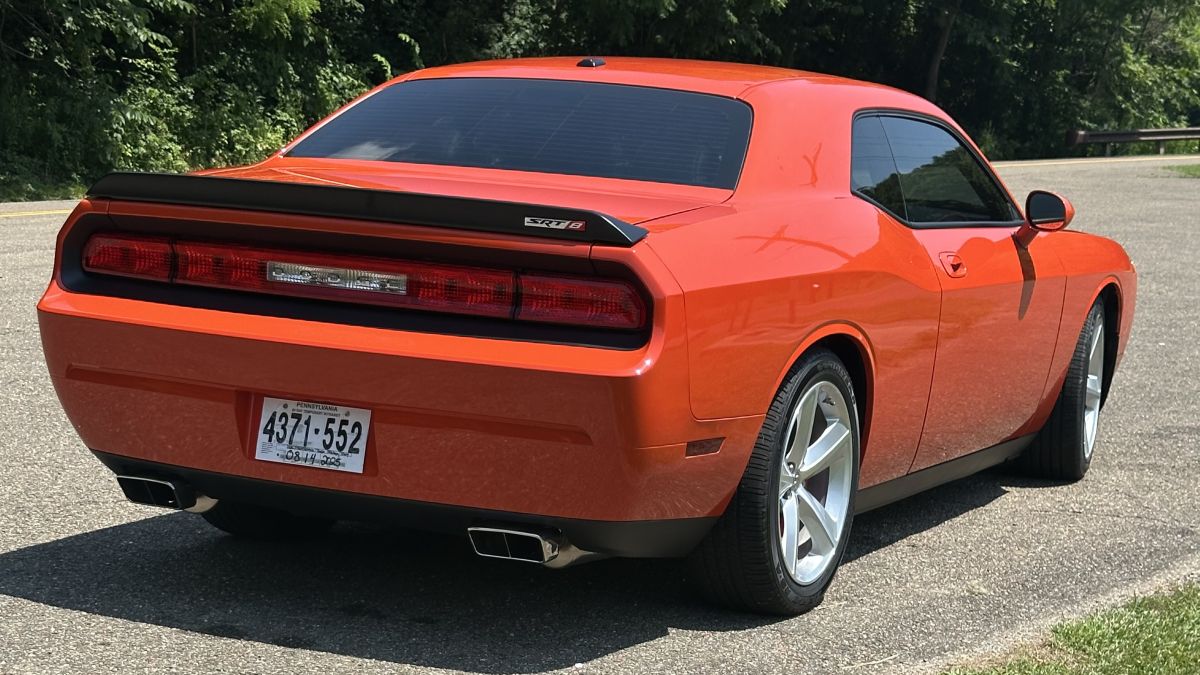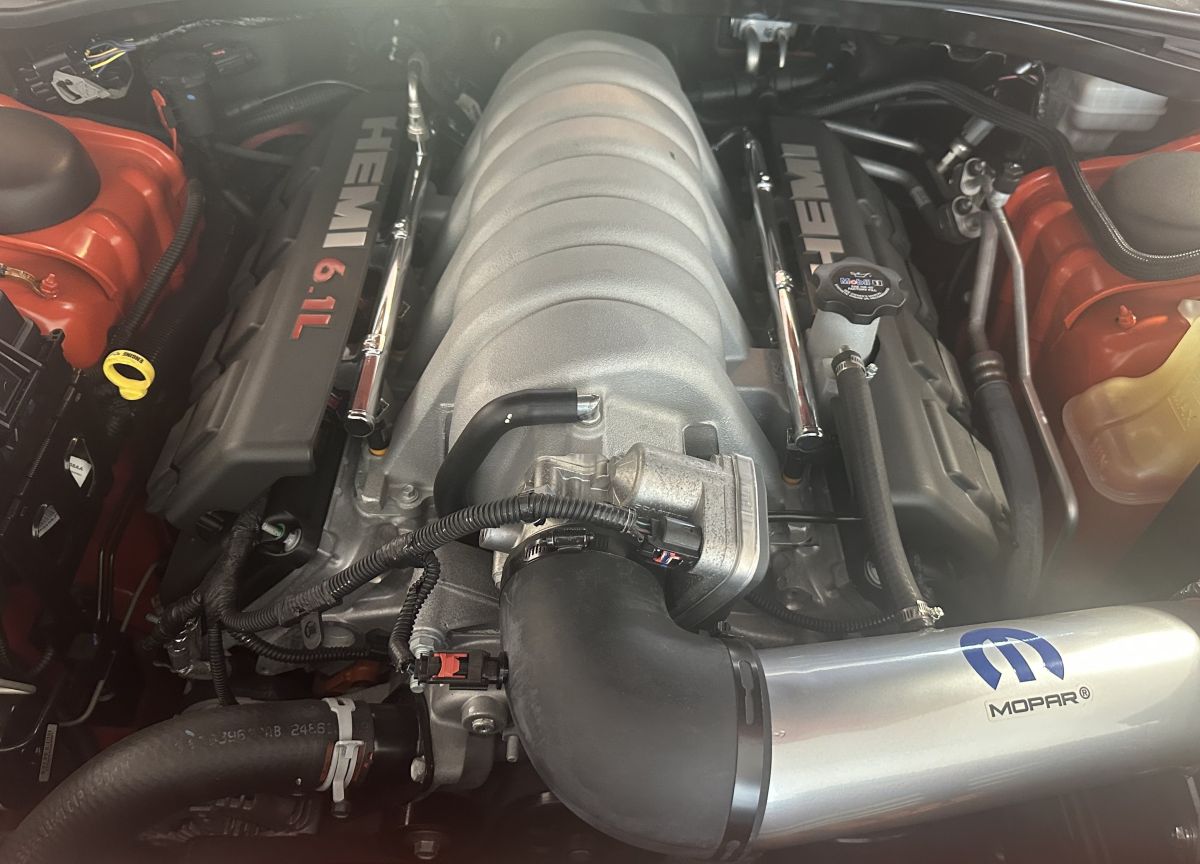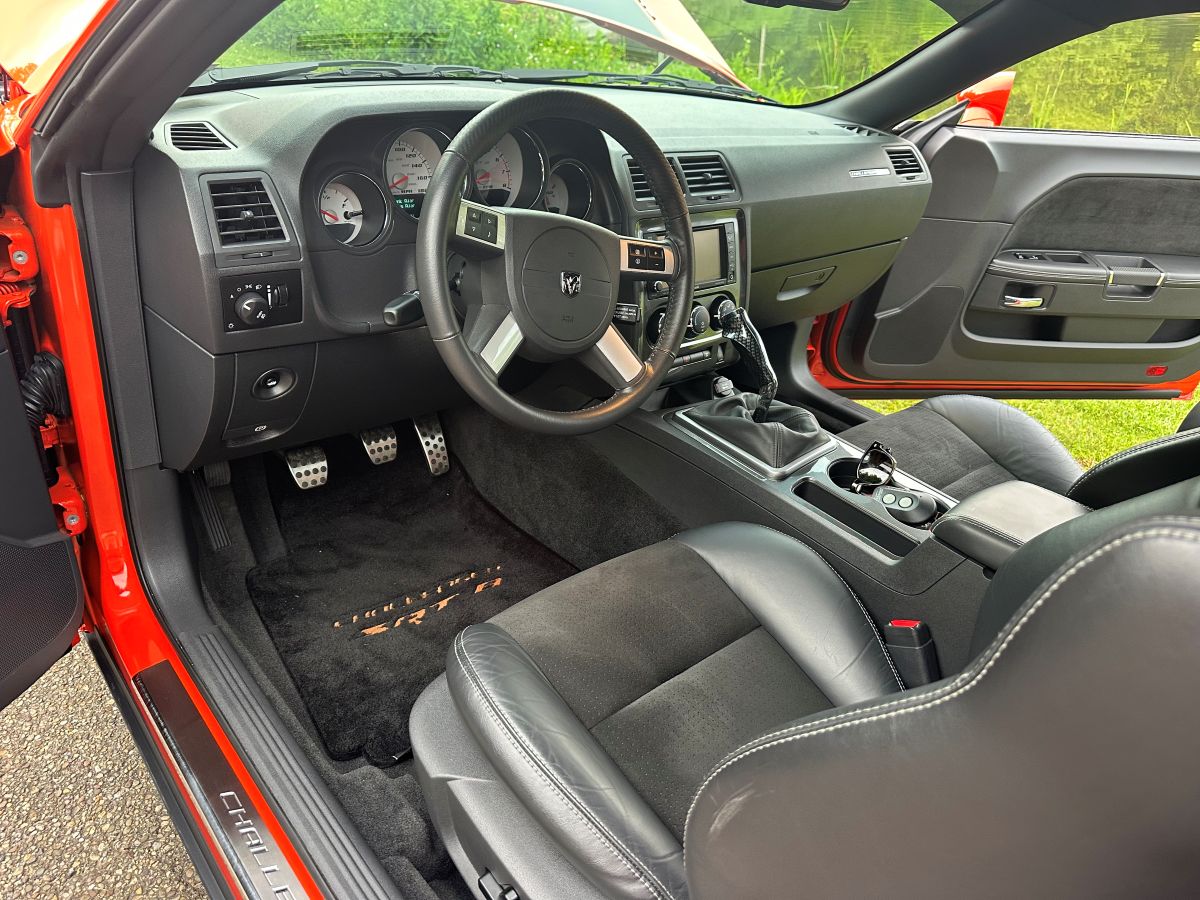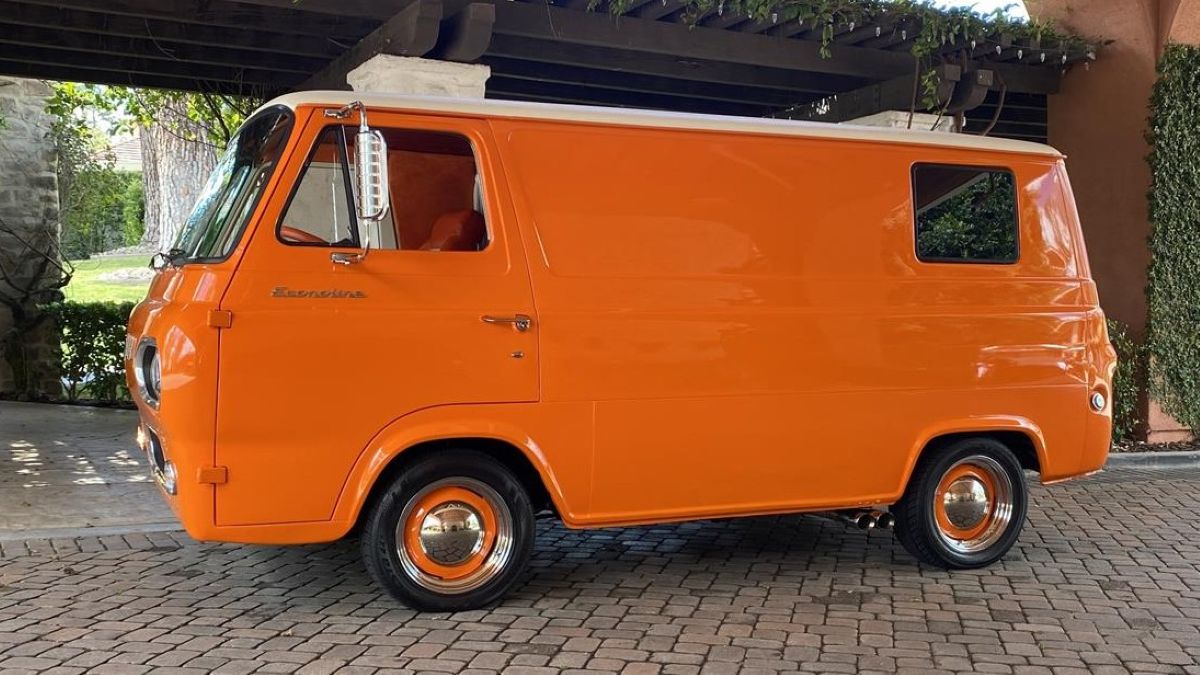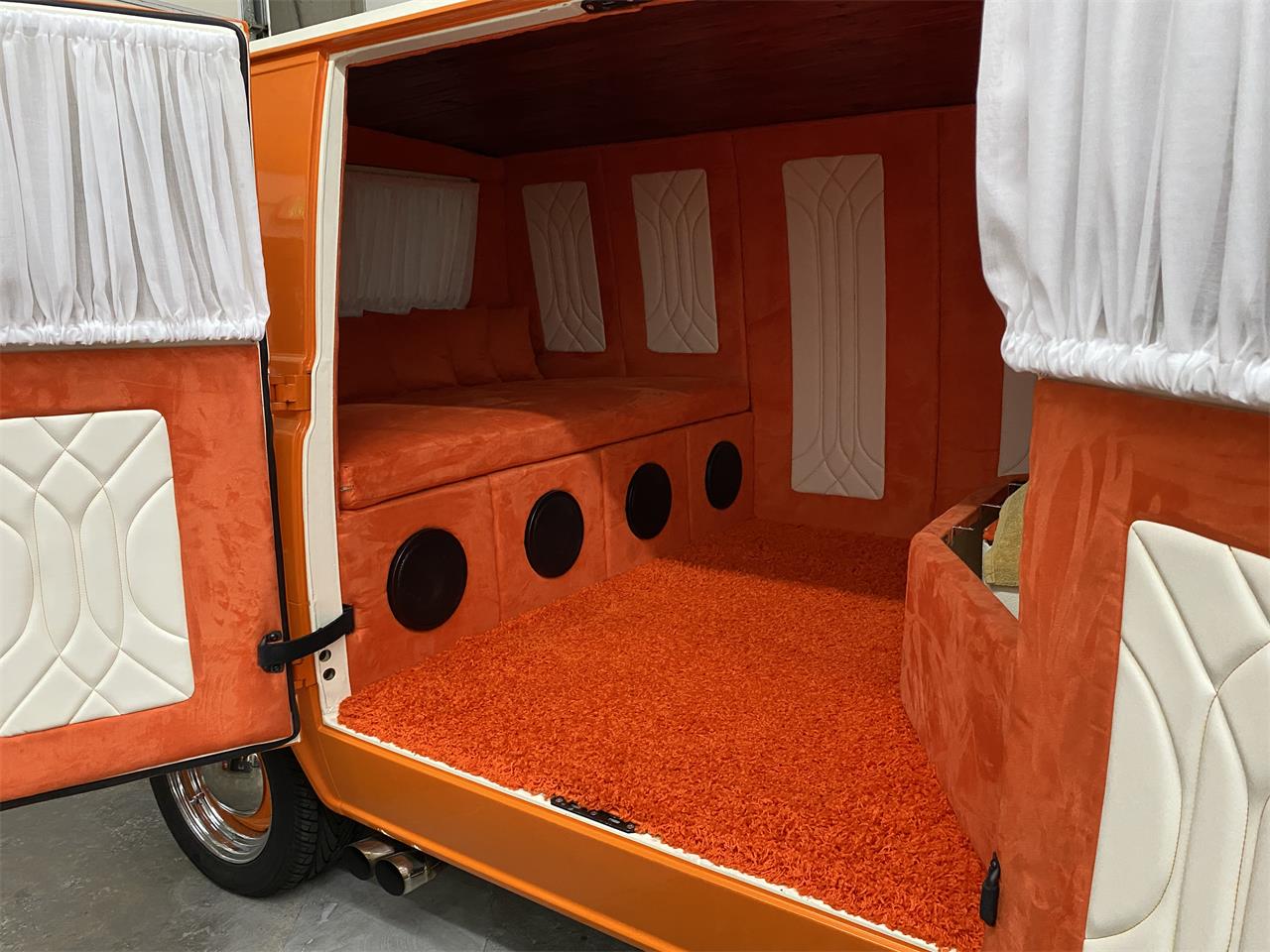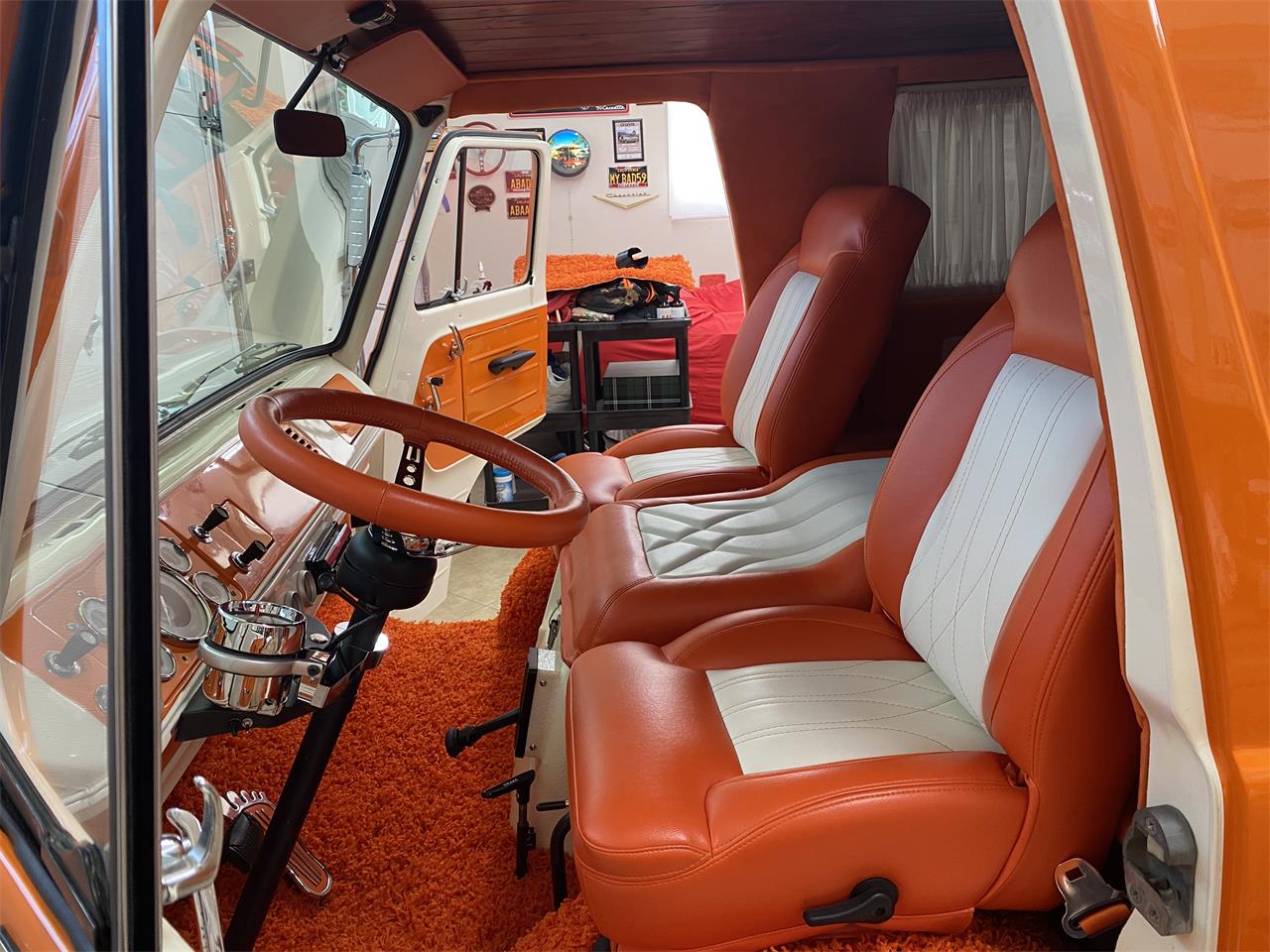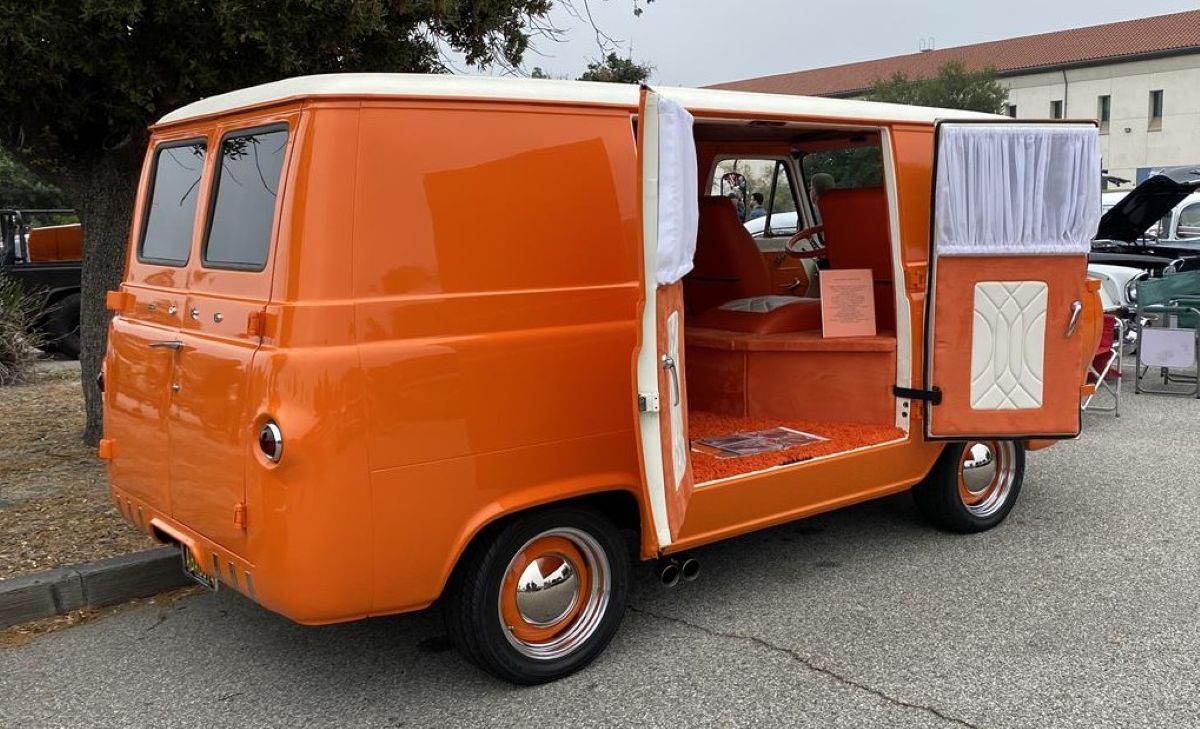Thirty years after Jeep produced the “Final Year” 1991 Grand Wagoneers, it began making new Wagoneer and Grand Wagoneer models. Since then, both models have only gotten bigger in a variety of ways. The 2023 model year brought extended-wheelbase “L” models for both SUVs and the new Hurricane twin-turbo I6 engine in two states of tune, both of which were more potent than the previous 5.7-liter and 6.4-liter Hemi V8s. The number of available trim levels have almost doubled from the original six in 2022 to 11 for 2025, thanks to the addition of the Limited and Super models to the Wagoneer and Wagoneer L family of vehicles.
2025 JEEP WAGONEER LIMITED
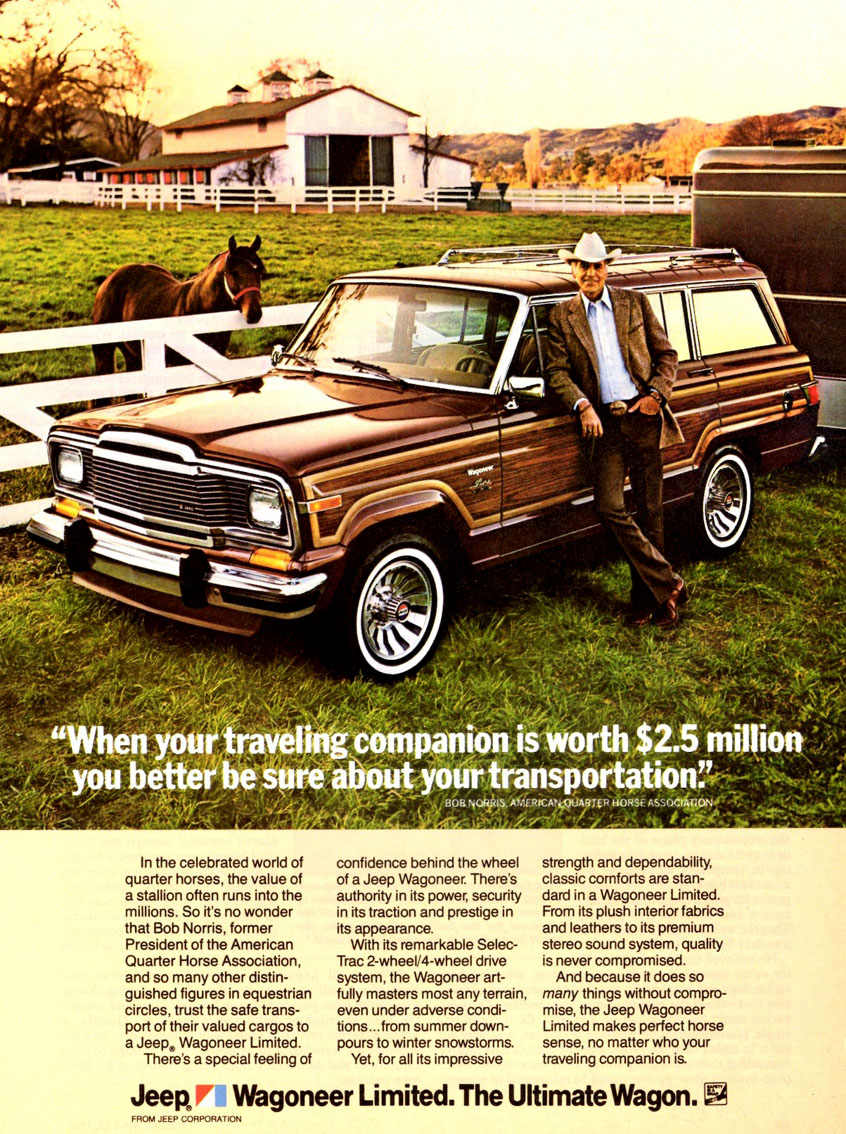
You may remember the Wagoneer Limited trim from the 1970s and early 1980s, before Jeep switched to using the name “Grand Wagoneer” in 1984. The newest version of it is based on the Series II and adds black front and rear fascias, chrome badging, body-color fender flares, and special 22-inch wheels.
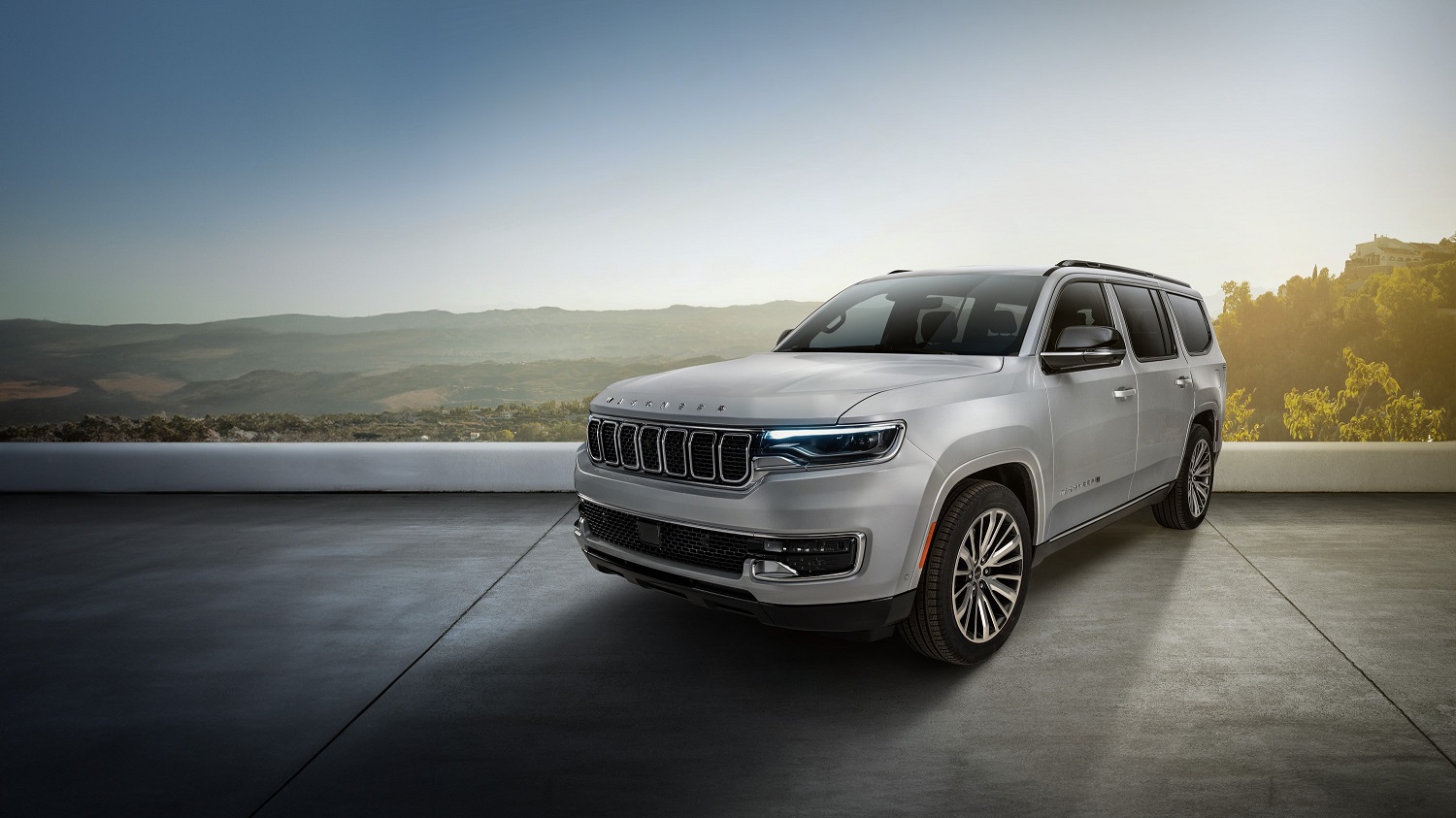
Functional exterior upgrades consist of power side steps and a tri-pane sunroof; inside, there’s a Surround View Camera and power-folding second- and third-row seats. Making the Wagoneer a little more Grand isn’t cheap: A standard-wheelbase 2025 Wagoneer Series II with four-wheel drive starts at $66,945; the 4X4-only Wagoneer Limited has an MSRP of $76,535 (which includes destination).
2025 JEEP WAGONEER SUPER
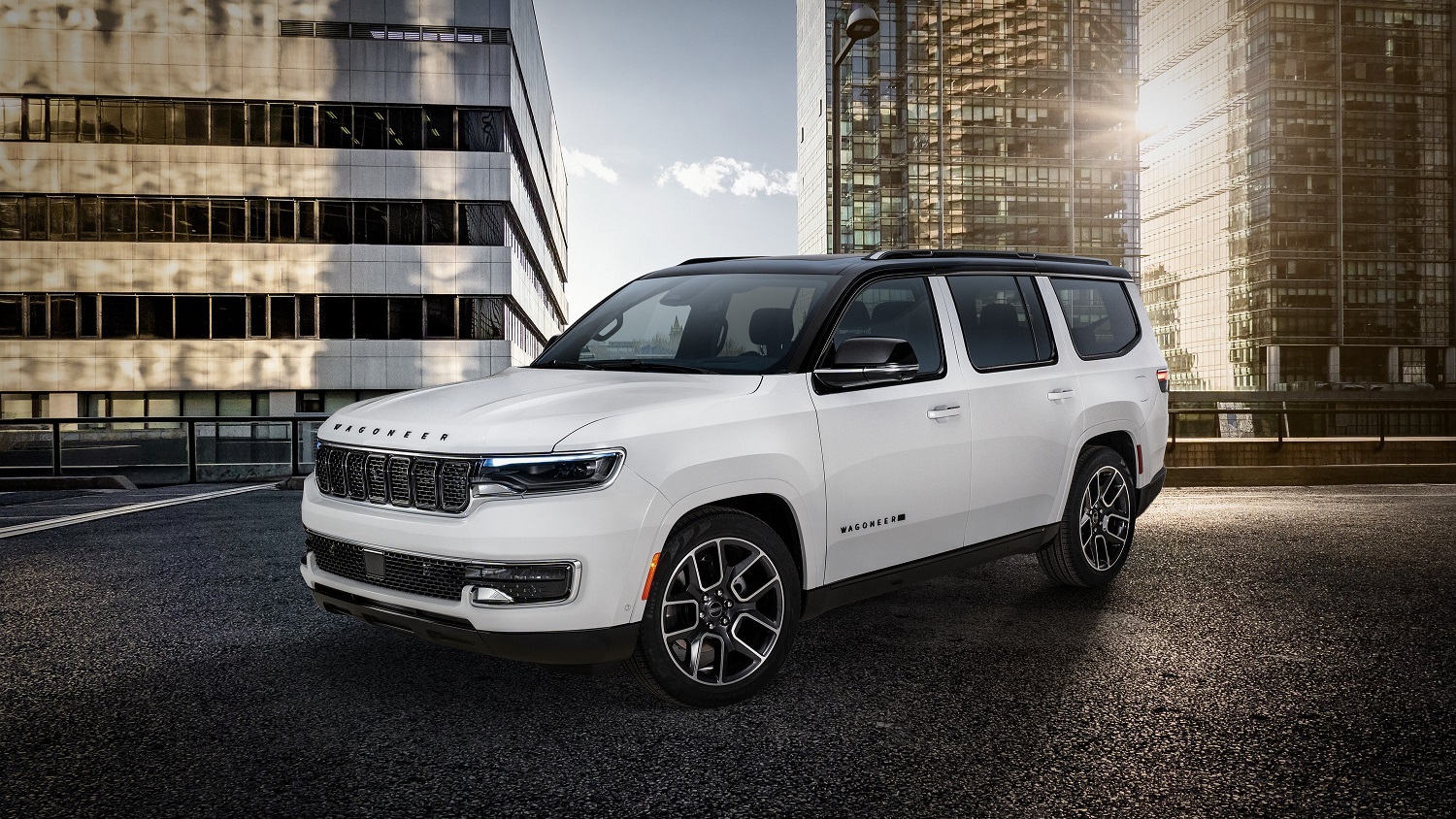
Not only has Jeep made the Wagoneer more Grand, but it’s also made it more Super (a nod to the generously equipped Super Wagoneer of the 1960s). The new $82,535 (including destination) flagship model of the Wagoneer range comes with several Grand Wagoneer features, including blacked-out trim and badges, a black roof, body-color fender flares, exclusive black 22-inch wheels, and black power side steps.
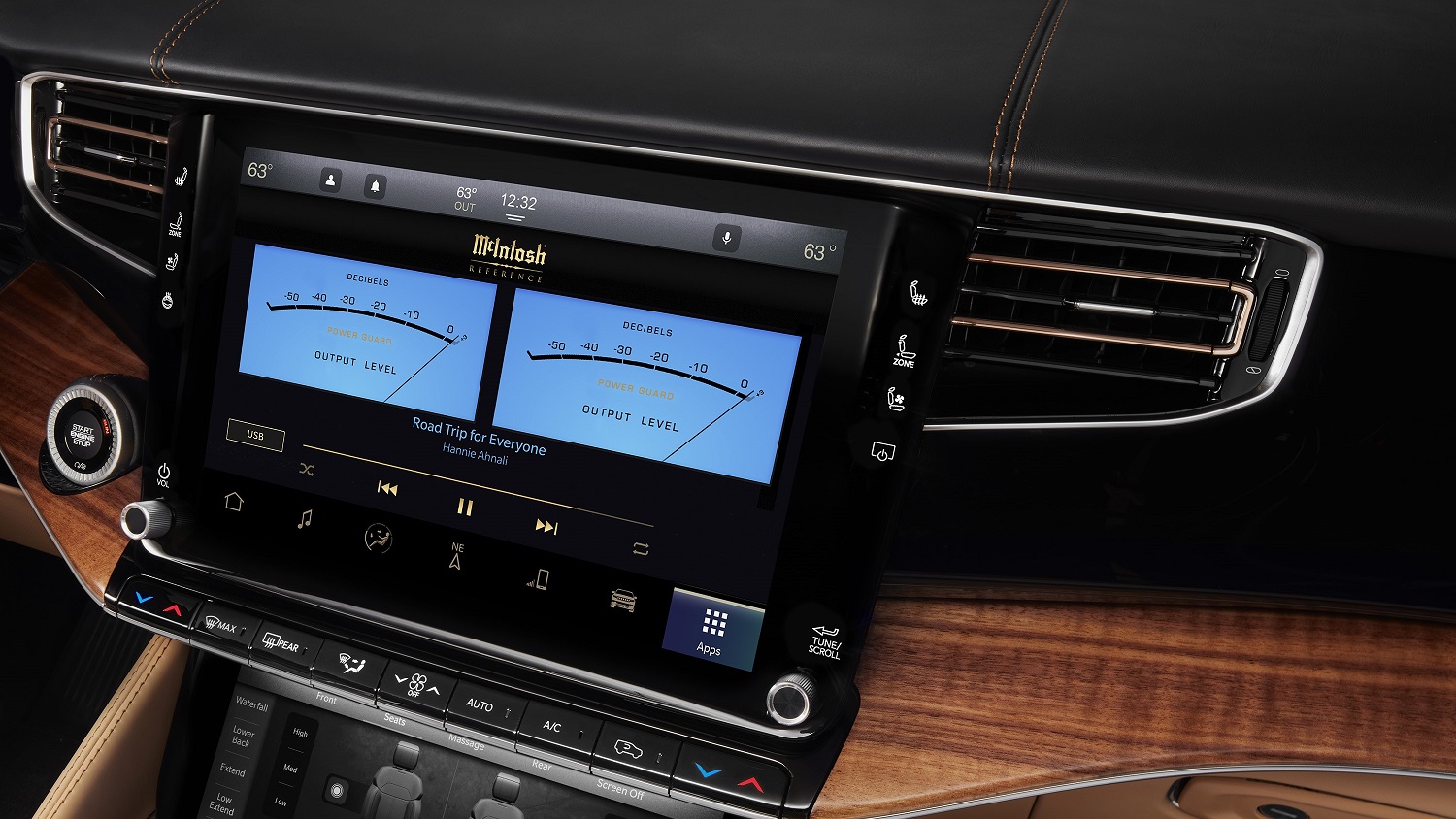
Like the Limited, the Super comes with a tri-pane sunroof as well as soft-touch materials around the cabin and one of the most recognizable features from the Grand Wagoneer: a 19-speaker McIntosh audio system (which we loved in the 2022 Grand Wagoneer Series III).
We had to wait three decades for the return of the Wagoneer, but the good news is you can order a 2025 Jeep Wagoneer Limited or Super right now.

